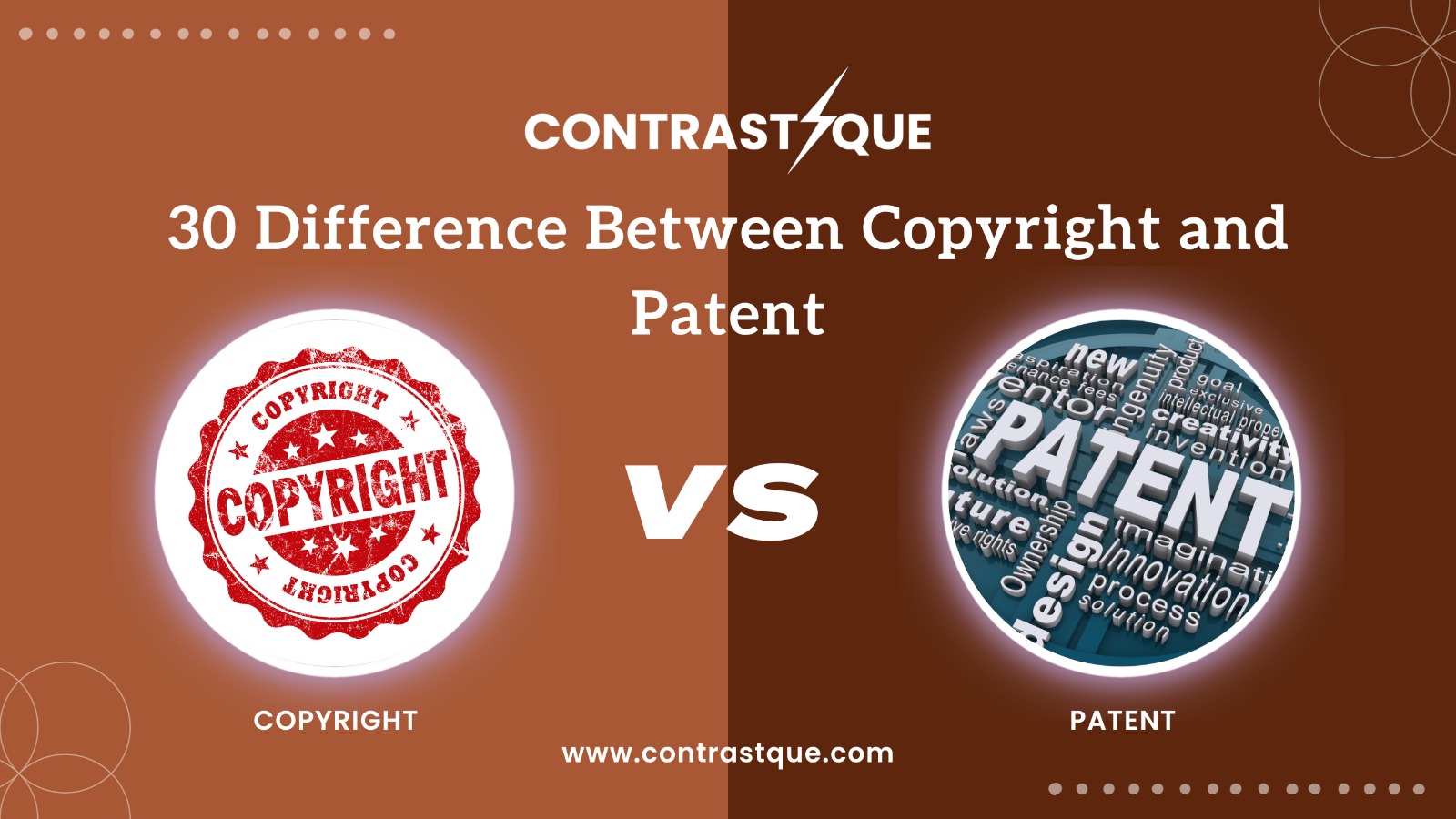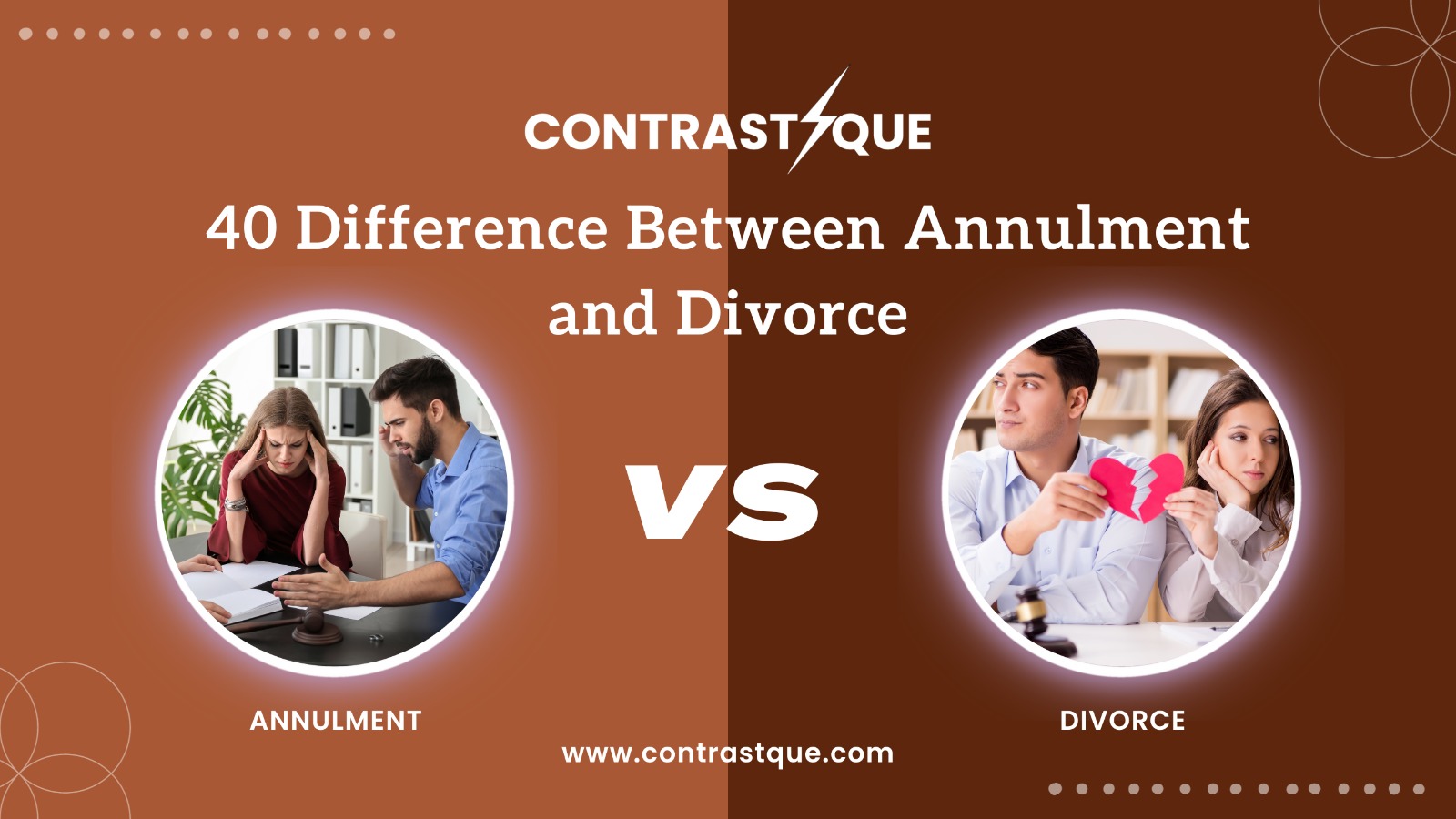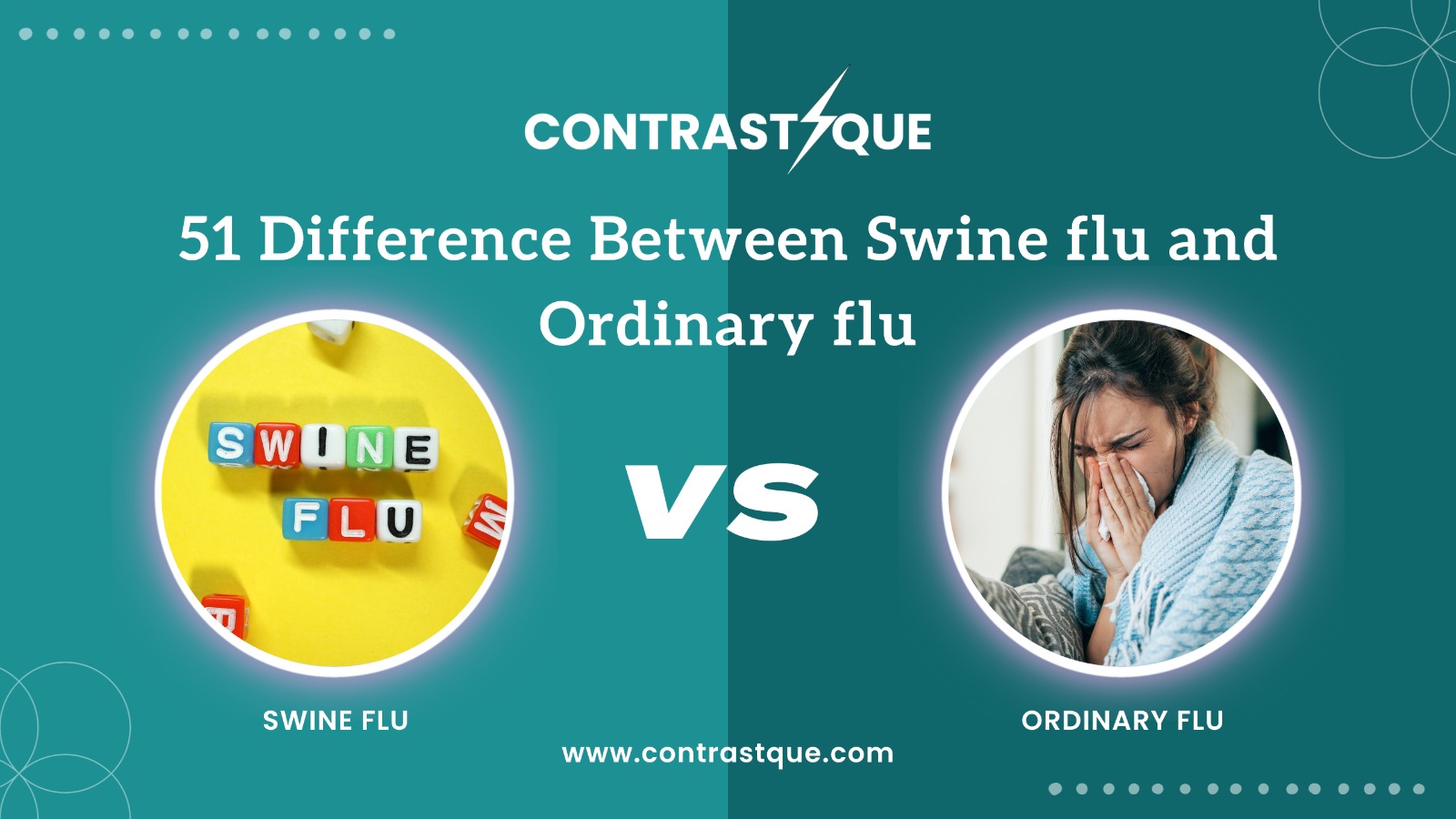Unlocking the mysteries of intellectual property can be a daunting task. With terms like copyright and patent thrown around, it’s easy to get lost in legal jargon. But fear not! In this blog post, we will demystify the differences between copyright and patent so you can navigate the world of intellectual property with confidence. Whether you’re an artist protecting your creative works or an inventor safeguarding your innovative ideas, understanding these distinctions is crucial. So let’s dive in and unravel the complexities of copyright versus patent!
What is Copyright?
Copyright is a form of legal protection granted to the creators of original works, such as books, songs, paintings, photographs, and software. It gives the creator exclusive rights to reproduce, distribute, display or perform their work publicly. This means that others cannot copy or use your work without obtaining permission from you.
One of the key aspects of copyright is that it is automatic upon creation. In other words, as soon as you create an original work in a tangible form (such as writing it down or saving it on your computer), you automatically hold the copyright for that work. However, registering your copyright with relevant authorities can provide additional benefits and make enforcement easier if someone infringes upon your rights.
Copyright typically lasts for the lifetime of the creator plus an additional period after their death (usually 70 years). During this time, only the copyright holder has exclusive control over how their work is used commercially or otherwise.
It’s important to note that while copyright protects against unauthorized copying or usage of creative expressions like novels or music albums, it does not protect ideas themselves. Ideas are considered to be in the public domain and can be freely used by anyone.
Copyright grants creators exclusive rights over their original works and serves as a way to safeguard creativity from unauthorized use or reproduction. So whether you’re an author working on a novel or a photographer capturing breathtaking images, understanding and protecting your copyrights should be at the top of your priority list!
What is Patent?
A patent is a type of intellectual property protection granted to inventors for their unique inventions. It gives the inventor exclusive rights to their invention, preventing others from making, using, or selling it without permission.
Patents are typically granted for new and useful inventions that provide a technical solution to a problem. This can include anything from technological innovations and manufacturing processes to chemical compositions and design elements.
To obtain a patent, an inventor must submit a detailed application that describes the invention in clear and specific terms. The application also needs to demonstrate that the invention is novel (new), non-obvious (not something that already exists), and has utility (usefulness).
Once granted, patents generally last for 20 years from the date of filing. During this time, the inventor has exclusive rights over their invention and can choose whether to manufacture it themselves or license it to others.
Patents play a crucial role in encouraging innovation by providing inventors with legal protection for their ideas. They incentivize creativity by ensuring inventors have control over how their inventions are used commercially.
Difference between Copyright and Patent
Copyright and patent are both forms of intellectual property protection, but they differ in terms of what they protect and how long the protection lasts.
Here are the 30 differences between copyright and patent:
|
S.No. |
Aspects |
Copyright |
Patent |
|
1 |
Type of Protection |
Protects original works of authorship |
Protects new inventions and processes |
|
2 |
Purpose |
Grants exclusive rights for artistic, literary, and creative works |
Grants exclusive rights for inventions and innovations |
|
3 |
Eligible Works |
Books, music, art, software, and other creative expressions |
New machines, processes, designs, and useful compositions of matter |
|
4 |
Duration |
Typically lasts for the life of the author plus 70 years |
Typically lasts for 20 years from the date of filing |
|
5 |
Registration Requirement |
Not required, but registration offers additional benefits |
Required for legal protection |
|
6 |
Exclusive Rights |
Reproduction, distribution, public performance, derivative works, etc. |
Making, using, selling, and importing the invention |
|
7 |
Public Disclosure |
Automatically upon creation |
After the patent is granted |
|
8 |
International Protection |
Protected under international copyright treaties |
Patents can be filed internationally |
|
9 |
Scope |
Narrow protection, focusing on expression |
Broad protection, covering the invention |
|
10 |
Inventive Step |
Not required |
Must be novel and non-obvious |
|
11 |
Utility |
Primarily artistic and literary value |
Practical and functional utility |
|
12 |
Inventorship |
Authors or creators of the work |
Inventors who conceive and reduce to practice |
|
13 |
Publication |
May be published or unpublished |
Typically published when granted |
|
14 |
Licensing |
License can be exclusive or non-exclusive |
License can be exclusive or non-exclusive |
|
15 |
Enforcement |
Infringement cases typically in civil court |
Infringement cases typically in specialized patent courts |
|
16 |
Fair Use Doctrine |
Allows limited use without permission for purposes such as criticism, commentary, or education |
No equivalent concept in patent law |
|
17 |
Copyright Symbol |
Optional use of the © symbol for notice |
Use of the ® symbol after grant |
|
18 |
Public Domain |
Works eventually enter the public domain |
Inventions remain protected for a limited time |
|
19 |
Originality Requirement |
Work must be original and fixed in a tangible medium |
Invention must be novel and useful |
|
20 |
Renewal |
Typically no renewal required |
No renewal required for utility patents |
|
21 |
Geographical Scope |
Protection often applies within a specific country |
Protection applies within designated countries |
|
22 |
Subject Matter |
Expression of ideas and creative concepts |
Physical inventions and technological processes |
|
23 |
International Treaties |
Berne Convention, WIPO Copyright Treaty, etc. |
Patent Cooperation Treaty (PCT), TRIPS Agreement, etc. |
|
24 |
Infringement Defenses |
Fair use, public domain, de minimis use, etc. |
Invalidity, non-infringement, prior art, etc. |
|
25 |
Creative Expression |
Focuses on the artistic and expressive aspects of works |
Focuses on the functional and technical aspects of inventions |
|
26 |
Publicly Available Information |
Copyrighted works are often publicly available |
Patent information is public upon grant |
|
27 |
Copyright Office |
Administered by copyright offices or agencies |
Administered by patent offices or agencies |
|
28 |
Reproduction Limits |
Limited to exact copies or close derivatives |
Prohibits the making, using, and selling of the invention |
|
29 |
Economic Rights |
Grants economic rights to creators and authors |
Grants economic rights to inventors and owners |
|
30 |
Examples |
Novels, paintings, music, software, movies, etc. |
Machines, pharmaceuticals, software algorithms, etc. |
When to Use Copyright or Patent
When deciding whether to use copyright or patent protection for your creative work, it’s important to understand the key differences between the two. Copyright is typically used to protect original works of authorship such as books, music, and artwork. It gives the creator exclusive rights to reproduce, distribute, display, and perform their work.
On the other hand, a patent is used to protect inventions or new processes that have practical applications. Patents grant inventors exclusive rights over their invention for a limited period of time. This means that others cannot make, use, sell or import the patented invention without permission from the inventor.
So when should you use copyright versus patent protection? If you’ve created something artistic like a song or painting, copyright may be more appropriate. On the other hand, if you’ve invented something practical like a new gadget or medical device, you’ll likely need to obtain a patent in order to protect your invention.
Conclusion
Understanding the difference between copyright and patent is crucial for protecting your intellectual property. Copyright provides protection for original works of authorship, such as books, music, and artwork. It grants the creator exclusive rights to reproduce, distribute, and display their work.
On the other hand, patents protect inventions or new processes that are novel, useful, and non-obvious. They give inventors the right to exclude others from making, using or selling their invention for a limited period of time.
Knowing when to use copyright or patent depends on the nature of your creation. If you have created a unique piece of art or written material like a book or song lyrics, copyright will be more appropriate. However if you have invented a new technology or process that has practical applications in various industries such as medicine or engineering then obtaining a patent would be essential.
Ultimately both copyright and patent play vital roles in safeguarding creative endeavors and promoting innovation in different domains. It’s important to consult with legal experts to determine which type of protection best suits your needs.
Remember that this blog post is not intended as legal advice but rather an informative guide on the differences between copyright and patent. Always seek professional counsel when it comes to protecting your intellectual property rights!
5 Frequently Asked Questions (FAQs)
1. Can I copyright an idea or invention?
No, copyright protection only applies to original works of authorship such as literary, artistic, musical, or dramatic works. Ideas and inventions are eligible for patent protection.
2. How long does copyright protection last?
Copyright protection usually lasts for the life of the author plus 70 years after their death. In some cases, it may vary depending on factors such as when the work was created and whether it was published.
3. Do I need to register my copyright or patent?
While registration is not required for obtaining copyright protection, it is recommended as it provides additional benefits including evidence of ownership in case of infringement disputes. On the other hand, patents must be registered with the appropriate government authority to gain legal protection.
4. Can I transfer my copyright or patent rights to someone else?
Yes, both copyrights and patents can be transferred through assignments or licensing agreements that grant others permission to use your intellectual property while you still retain ownership rights.
5. What should I do if my copyrighted work is infringed upon?
If you believe that your copyrighted work has been infringed upon by someone else without authorization, you may consider taking legal action by filing a lawsuit seeking damages and/or an injunction against further unauthorized use.




